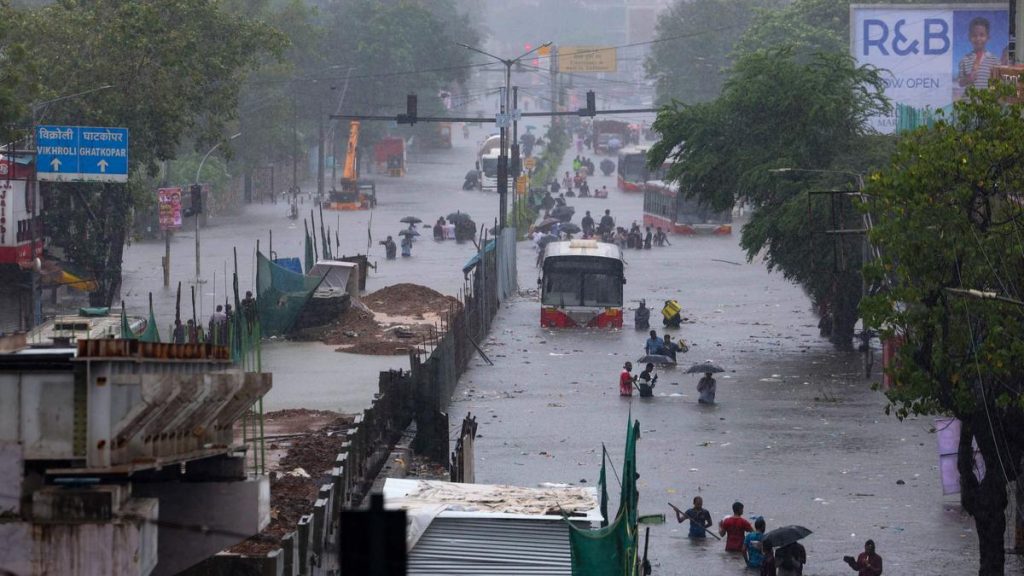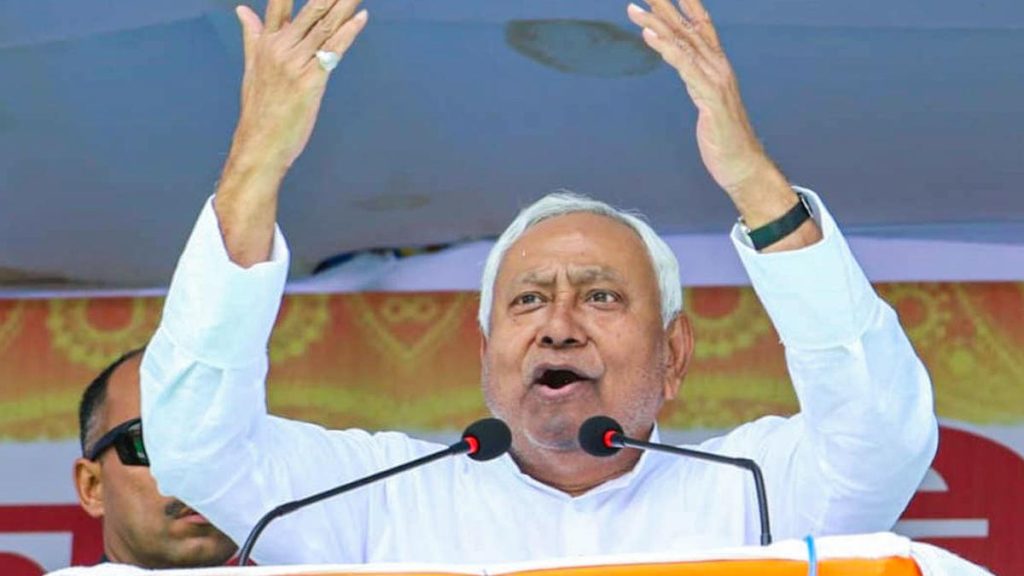Now Reading: Hebbal Flyover Expansion Eases Travel, Sparks Concerns Over New Bottlenecks
-
01
Hebbal Flyover Expansion Eases Travel, Sparks Concerns Over New Bottlenecks
Hebbal Flyover Expansion Eases Travel, Sparks Concerns Over New Bottlenecks

Speedy Summary
- A new loop of the Hebbal Flyover in Bengaluru was inaugurated to ease traffic flow from the Outer Ring Road (ORR) and Airport Road.
- The new addition has separated traffic lanes, reducing travel times for commuters during peak hours.
- Regular users reported a reduction in travel time by 10-15 minutes across Monday and Tuesday, with the flyover no longer requiring manual traffic signaling previously operated by police.
- Assistant Commissioner of Police (North East subdivision) Pradeep B.U. confirmed improved traffic movement due to the new loop and highlighted plans for another loop toward Mekhri Circle, set for completion by December 2025.
- Emerging bottlenecks are noted at Mekhri Circle due to narrow service roads being widened,delays in National Highway road works post-flyover ramps,and crisscrossing near a bus stop at Baptist hospital causing traffic slowdowns.
- Experts recommended shifting bus stops or constructing bays, improving signage around junctions for streamlined navigation on multi-loop flyovers.
- Concerns raised about all loops ultimately merging into a single lane toward Airport Road leading to congestion down the road.
Indian Opinion analysis
The inauguration of additional infrastructure like the Hebbal Flyover’s new loop marks significant progress in addressing Bengaluru’s notorious traffic woes. Reports from commuters suggest immediate benefits such as reduced peak-hour congestion and faster crossovers between ORR and airport Road-a promising start for easing mobility challenges in this area.
However, underlying concerns highlight that urban planning requires meticulous foresight beyond short-term fixes; long-term bottlenecks may arise if multi-lane flyovers consistently channel traffic into narrower roads or poorly managed junctions with features like bus stops creating crisscross patterns. Strategic coordination between civic authorities like NHAI during project implementation-such as completing pending widening efforts promptly-is critical to ensuring these advantages persist without introducing additional choke points elsewhere.
Structural enhancements including optimized road layouts, updated navigational tools like proper signboards coupled with infrastructure recommendations (e.g., skywalks near busy crossings) can provide lasting solutions preventing recurring ripple effects attributed typical uncoordinated interventions limiting fuller outcomes bridge lacking alternatives/ramps/rational outer zones large overly looping systems ultimately merge/tests ..Connected directly Exp retention complining worsening If future merges💼Fin fines read more.

























